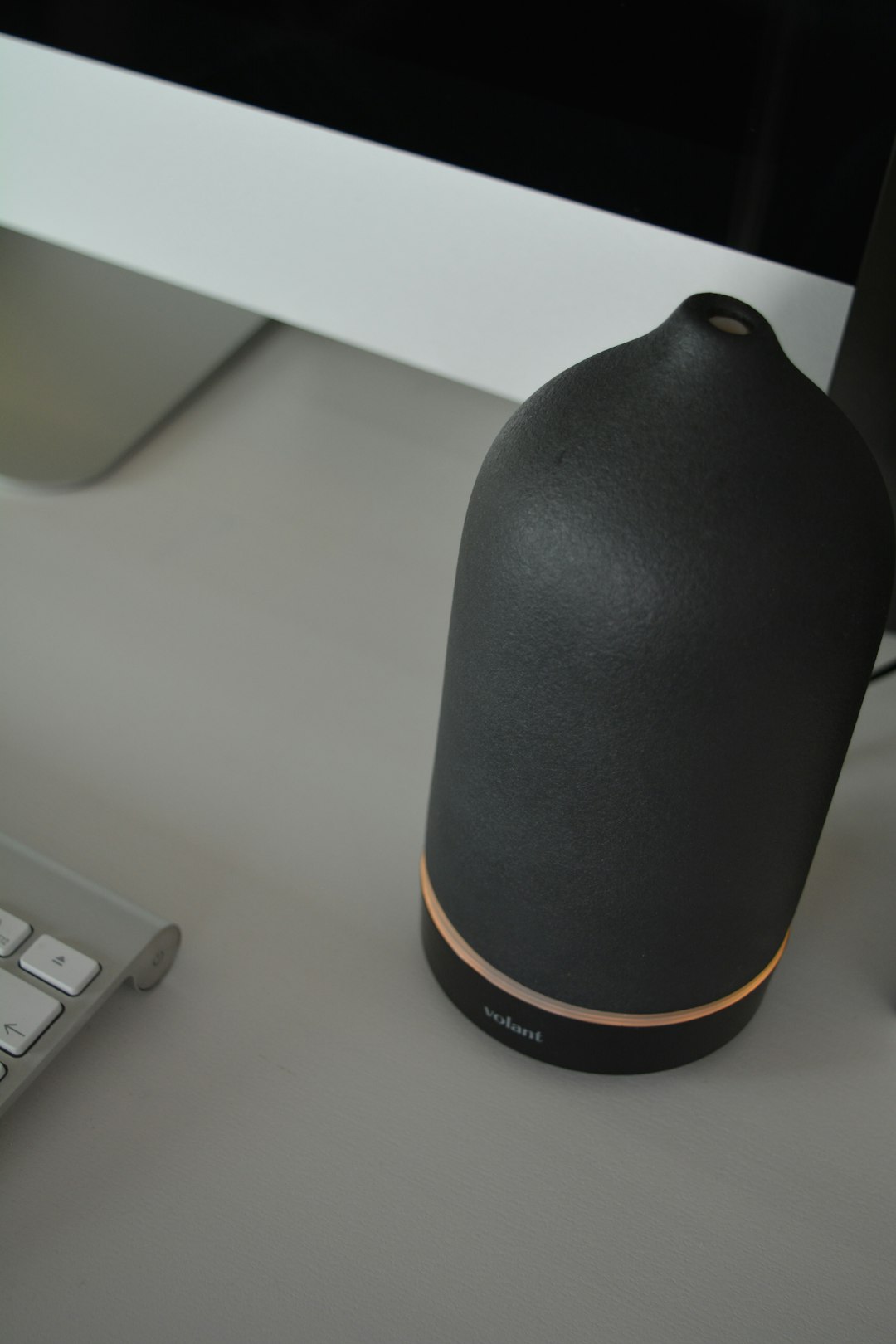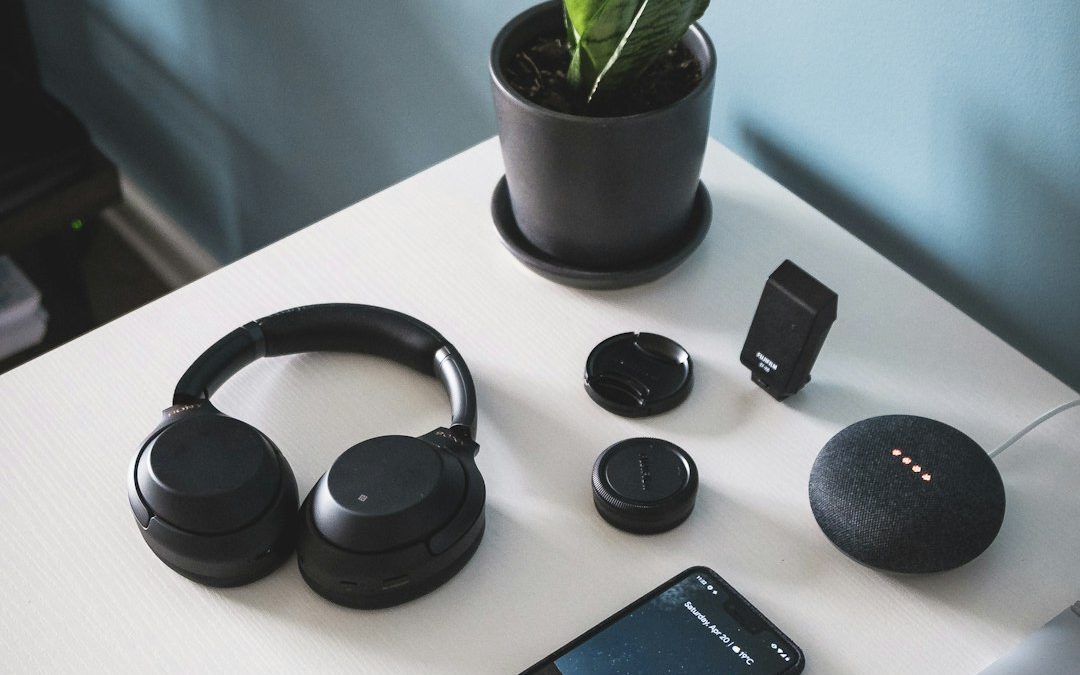Media players have evolved significantly over the past few decades, with a growing number of them incorporating smart features, cloud compatibility, and interactive capabilities. One intriguing question for tech enthusiasts and digital media consumers alike is whether a cone media player—a type of smart, voice-activated media hardware characterized by its minimalist, cone-shaped design—can be integrated with social media platforms. The integration of these two technologies could redefine how users consume, share, and discover content in real time.
Let’s dive into the possibilities and implications of merging smart media playback with the power of social networking.
Understanding Cone Media Players
Cone media players were designed to provide a streamlined, intuitive user experience by using sensors, voice recognition, and adaptive algorithms to play music, podcasts, and other audio based on user preferences. Unlike traditional players that require manual input, cone media players offer a hands-free, personalized experience.
Key features of cone media players typically include:
- Voice control for ease of use without manual input
- Machine learning to tailor content based on listening habits
- Smart connectivity (Wi-Fi, Bluetooth) for seamless streaming
- Minimalist interface designed for simplicity
Given these features, the potential for integrating them with social media platforms seems not only feasible but also beneficial.
Why Integrate Social Media?
Social media platforms dominate how people discover and share content. Combining the personalized features of cone media players with the connectivity of social media could bring about transformative user experiences. Here are a few reasons why this integration makes sense:
- Content discovery: Access to trending playlists or viral audio via social media could enrich the user’s listening experience.
- Real-time sharing: Users could instantly share what they’re listening to directly from the player.
- Social listening: Friends could listen together in sync, creating real-time shared experiences.
- User-generated playlists: Curated playlists by fans or influencers can be streamed directly to the device.

How Integration Could Work
To integrate a cone media player with social platforms, it would require collaboration between device manufacturers and social media APIs. Here are some possible methods of integration:
1. Social Media APIs
Platforms like Facebook, Twitter, and Instagram offer extensive APIs that allow third-party applications to access user data, post content, and track engagement. Developers could create a custom API layer that enables the cone media player to post “Now playing” updates, fetch comments, or even allow likes and shares from voice commands.
2. OAuth Authentication
For direct user control, OAuth can be used to link social media accounts to the device. Once linked, users can customize what gets shared and when. For instance, they could set preferences to automatically share songs played for more than 30 seconds or only share from specific playlists.
3. Voice-Driven Commands
Voice-command frameworks like Amazon Alexa or Google Assistant could be integrated with the device to include social commands, such as:
- “Share this song on Facebook”
- “See what’s trending on Instagram”
- “Follow this artist on Twitter”
Through natural voice processing, users wouldn’t even need to pick up a phone to participate in the social element of their media experiences.

Challenges and Considerations
Despite its potential, this integration comes with challenges:
- Privacy concerns: Automatically sharing user data and listening habits could raise privacy issues.
- Platform limitations: Some social media networks may restrict what third-party devices can do through their APIs.
- User interface: Cone players typically have limited physical interfaces, so social media control must be optimized for minimal input.
Addressing these challenges involves striking a balance between seamless integration and responsible use. Clear user permissions, customizable sharing options, and transparency can help build trust and ensure a positive experience.
The Future of Social-Connected Devices
The integration of cone media players with social media is not only possible but aligns closely with the trend of hyper-connected technological ecosystems. As more devices become “smart” and user-awareness around digital sharing grows, we can expect more innovations that combine utility with connectivity.
In conclusion, connecting cone media players with social media platforms could significantly enhance how we discover, share, and talk about the content we love. While challenges remain, the groundwork already exists to create a future where social interaction and personalized media go hand in hand—effortlessly.
yehiweb
Related posts
New Articles
How to Half Swipe on Snapchat Without Being Seen
Snapchat is fun. You can chat, snap, and connect with your friends. But, sometimes, you just want to peek at…


